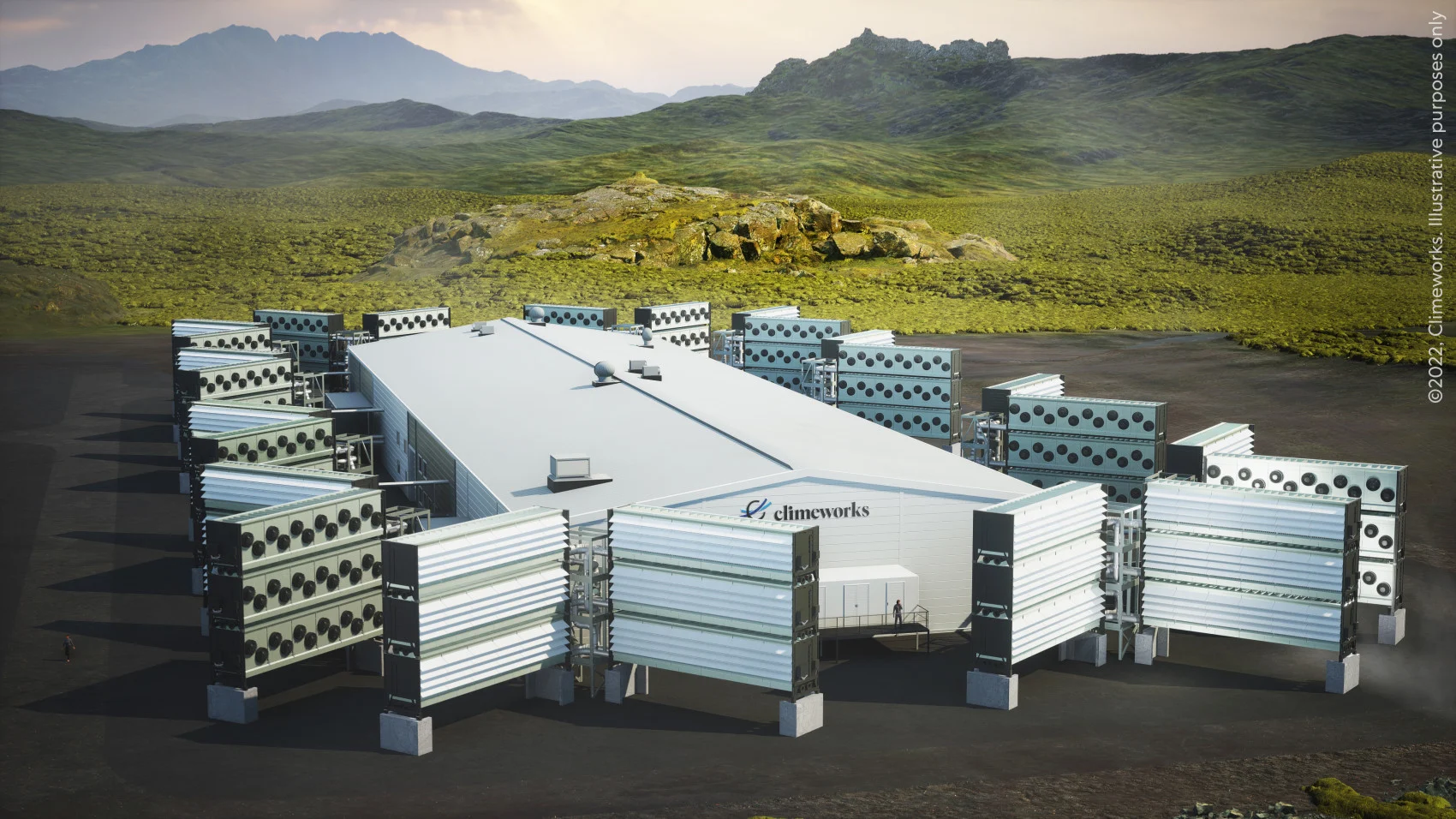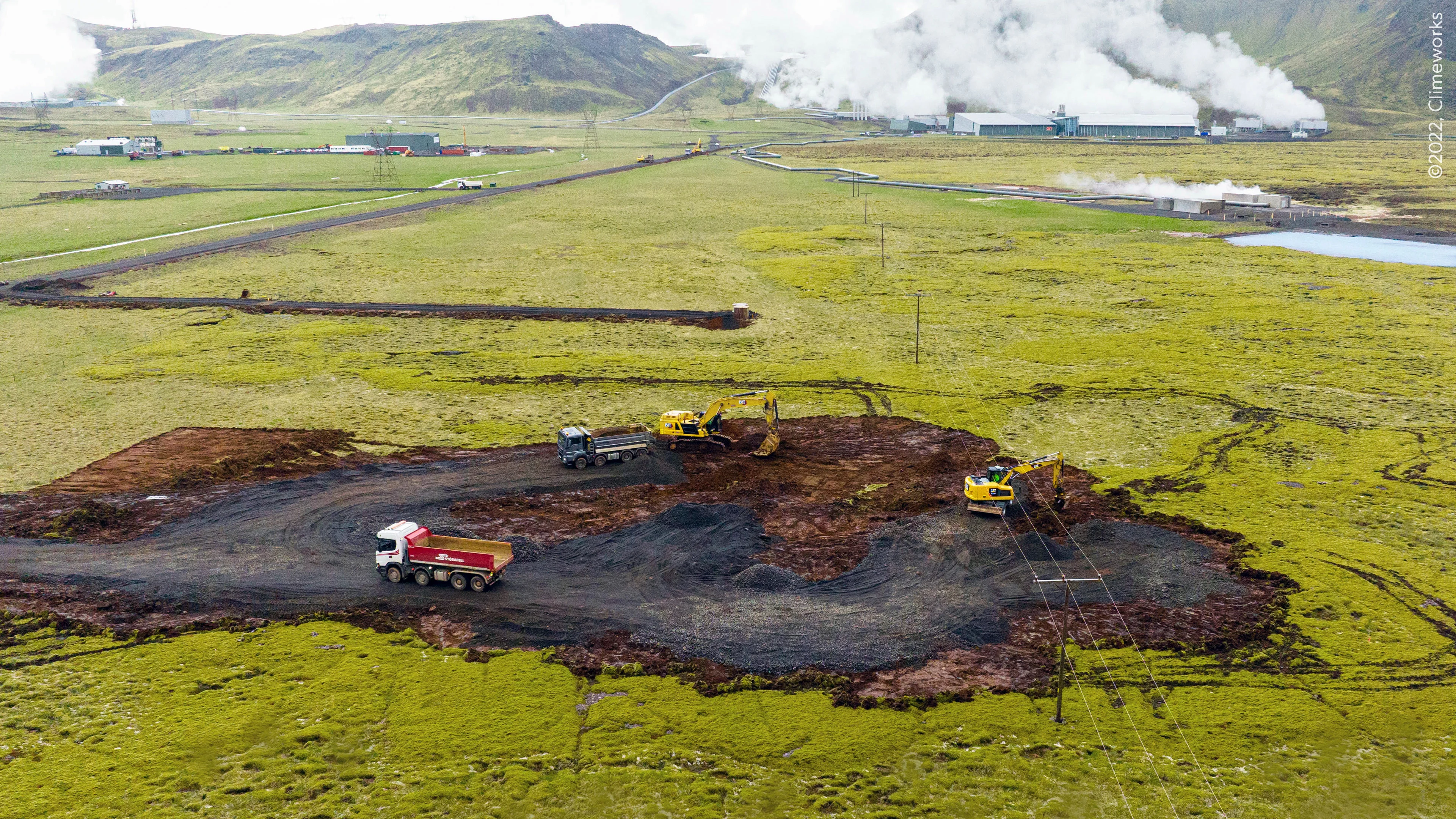
Work begins on what could become Earth's biggest carbon capture facility
Construction has begun on Climeworks’ Mammoth commercial carbon capture facility that could become the largest in the world.
Climeworks, a company that captures carbon from the atmosphere, announced the construction of their newest direct air capture facility, Mammoth, has commenced and will likely become the largest in the world upon completion.
Mammoth is located in Hellisheidi, Iceland and is designed to have a multi-megaton storage capacity by 2030 and one gigaton by 2050.
Climeworks has partnered with Carbfix, a company that converts carbon dioxide into stone and permanently stores it underground.

Construction on the Mammoth facility begins in Iceland. (Climeworks)
Approximately 80 large fans will be used to draw in air that passes through filters that capture carbon dioxide. The trapped carbon dioxide is then dissolved in hot water and injected into basaltic rocks underneath the Earth’s surface, where it turns into stone within two years via naturally accelerated processes.
Both the Mammoth facility and the Carbfix carbon dioxide injection sites will be powered entirely by geothermal energy from the Hellisheiði electricity power plant. Construction is estimated to take between 18 to 24 months before operations begin at Mammoth.

Fans at Orca, which is another Climeworks direct air capture facility that began operating in 2021. (Climeworks)
In addition to British band Coldplay partnering with Climeworks to reduce emissions related to their tours, a number of companies have signed carbon removal contracts including Microsoft, Square, Inc., and Audi.
A growing number of climate experts, scientists, and governing bodies are emphasizing the need for carbon capture and storage technologies to prevent global temperatures from exceeding critical thresholds.
The Canadian federal government’s climate plan, 2030 Emissions Reduction Plan, states that the country is developing a carbon capture, utilization, and storage strategy (CCUS) that will “allow Canada to be a world leader in these new technologies.” Part of the government’s Budget 2021 included an investment of $319 million into the research and development of CCUS technologies and their commercial viability.
Thumbnail image: An illustration of what the Mammoth facility will look like upon completion. (Climeworks)

